Business Entity
Last Updated On -03 Jun 2025

In the ever-changing realm of business, a business entity is a company established for profit. From the legal standpoint, it is a legally acknowledged framework that defines a company's operations, taxation, and liability. Anyone hoping to work in business, finance, or law must first understand the idea of a business entity since it shapes the foundation of worldwide management and organization of economic operations.
Business entities could range from large companies employing thousands to single entrepreneurs pursuing a freelancing project. From your daily activities to legal accountability, capital access, taxation obligations, and even the destiny of the company should the owner pass away or leave, the entity you choose controls everything.
Key Types of Business Entities
Both business students and professionals depend on an awareness of the several forms of business entities. Here are the main forms:
1. Sole Proprietorship.
The simplest type of commercial entity is this one. Just one person owns and runs it. The proprietor is personally liable for all company debts; there is no legal difference between him and the company.
Key Features of Sole Proprietorship:
- Simple and quite cheap to create
- Total ownership control
- Taxes on profits classified as personal income
- Infinite personal responsibility
2. Partnership
Two or more people agreeing to split earnings and losses of a company form a partnership. It could have either limited or broad character.
Key Types of Partnerships:
- Generally Partnership (GP): Every partner is personally liable and runs the company.
- Limited Partnership: General and limited partners comprise a limited partnership (LP) the latter have liability limited only to their investment.
Key Features:
- Shared resources and tasks
- Increased capital accessibility
- If not controlled with a partnership deed, conflicts might arise.
3. Limited Liability Partnership (LLP)
An LLP combines corporate and partnership aspects. Limited liability allows partners to be not directly liable for the misbehavior or negligence of other partners.
Key features of LLP:
- Guarding of personal belongings
- Fit for professionals (such as legal firms and CA companies)
- Requires registration with legal authorities
4. Private Limited Company (Pvtlt)
A separate legal entity from its owners is a Private Limited Company. It requires more regulations and offers limited liability.
Key features of the private limited company:
- Share ownership splits things.
- Cannot trade shares publicly
- Taxed differently from owners
- More access to capital and credibility
5. Public Limited Companies (PLC)
Slightly regulated and able to sell shares to the general public is a Public Limited Company. It is appropriate for big companies looking for money from the stock markets.
Key Features of the PLC:
- Capacity to generate major funds
- Under tight disclosure rules
- Limited liability holds shareholders.
6. One Person Company (OPC)
An OPC lets one person run a business with restricted liability and more credibility.
Key Features of the OPC:
- Limited Liability
- More credibility than a sole proprietorship
- Requires adherence to corporate law
Key Importance of the Business Entity Concept
Selecting the appropriate business entity is a fundamental choice that influences all facet of your company life, including liability and development prospects as well as ownership and taxation. Knowing these things is not only intellectual but also pragmatic knowledge that will let you, as a student of commerce or aspiring professional, make wise judgments in your business or career path.
Whether you are designing your own startup, getting ready for tests, or reviewing case studies, always keep in mind: the structure you decide upon now will determine the direction your company will travel tomorrow.
In accounting, the Business Entity Concept guarantees treatment of the company and its owner(s) as two distinct legal entities. Accounting policies and financial reporting depend on this basic idea. It makes possible:
- Measurement of company performance with accuracy
- Legal clarity in conflicts
- Regular tax documentation
- Business continuity even if changing ownership
For example, a business owner withdrawing money for personal use records as drawings rather than as a corporate expense.
Legal and Tax Implications of Business Entity
Every corporate entity carries different legal ramifications:
- General partners and sole proprietors answer individually for commercial debts.
- Companies and limited liability partnerships offer restricted liability.
- Companies pay taxes separately; partnerships and proprietorships move income straight to owners' tax returns.
Selecting the wrong corporation could lead to increased taxes or personal exposure to corporate hazards. Legal and financial advice is thus highly advised before making decisions.
|
Did you know? The well-known UK case Salomon v A Salomon & Co Lt. established in 1897 the idea of a separate legal body. Declaring that a company has a legal personality different from its owners, this judgment established the basis for current corporate law. |
Explore More
If you are interested in getting knowledge on a daily basis, read our Commerce Articles!
Frequently Asked Questions (FAQs)
Is it possible to subsequently modify a company entity?
Indeed, as they expand corporations typically begin as sole proprietorships or partnerships and change into LLPs or companies. Restructuring, however, calls for legal actions and perhaps tax consequences.
A Private Limited Company has mostly one advantage.
One important benefit is limited liability. Beyond their shareholding, the debts of the corporation are not directly liability for the shareholders. It also increases believeness among banks and investors.
For freelancers, which corporate entity would be most suited?
Usually sufficient for freelancers is a sole proprietorship or One Person Company (OPC). It depends on long-term corporate goals, risk tolerance, and operating scale.








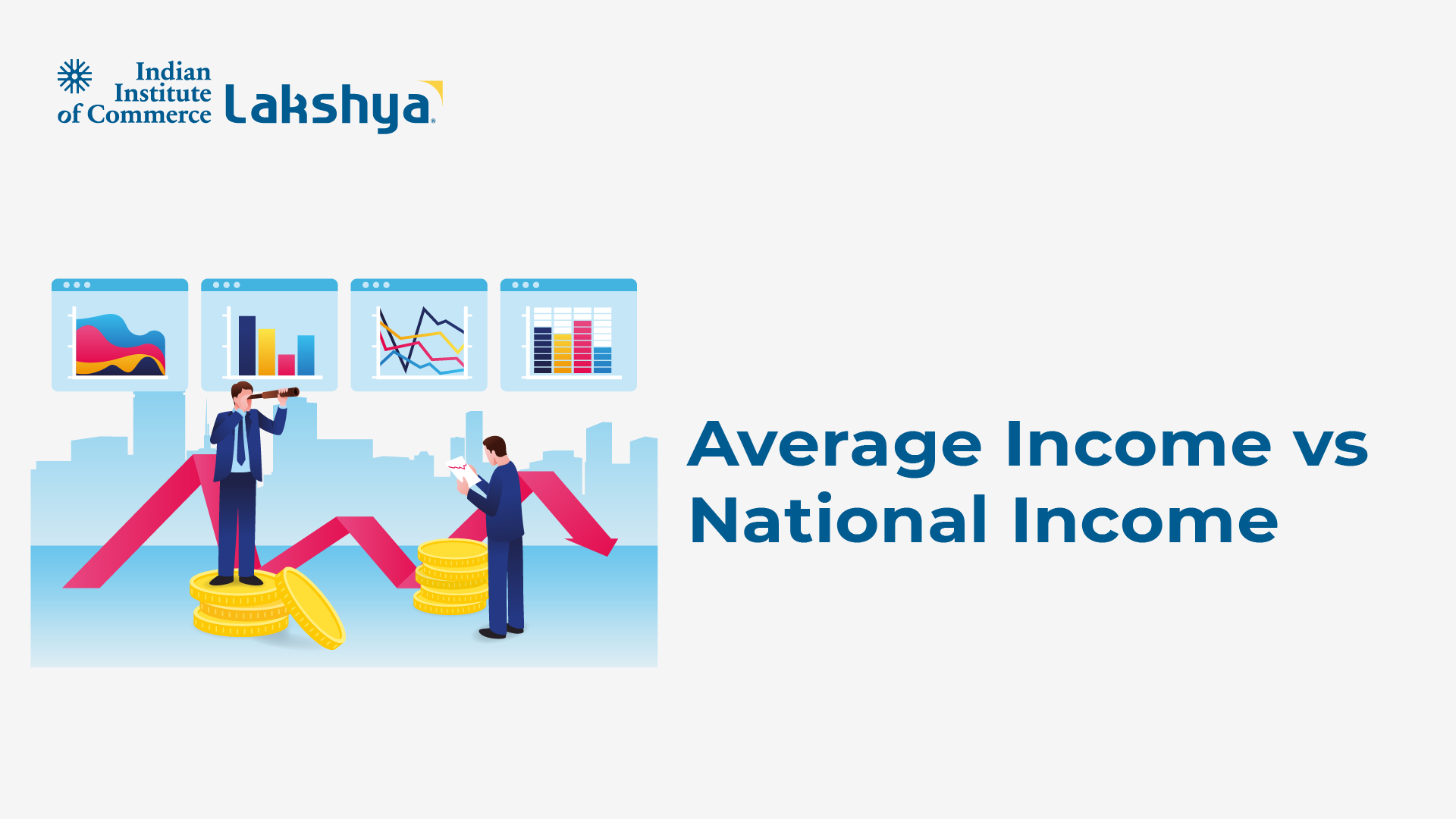


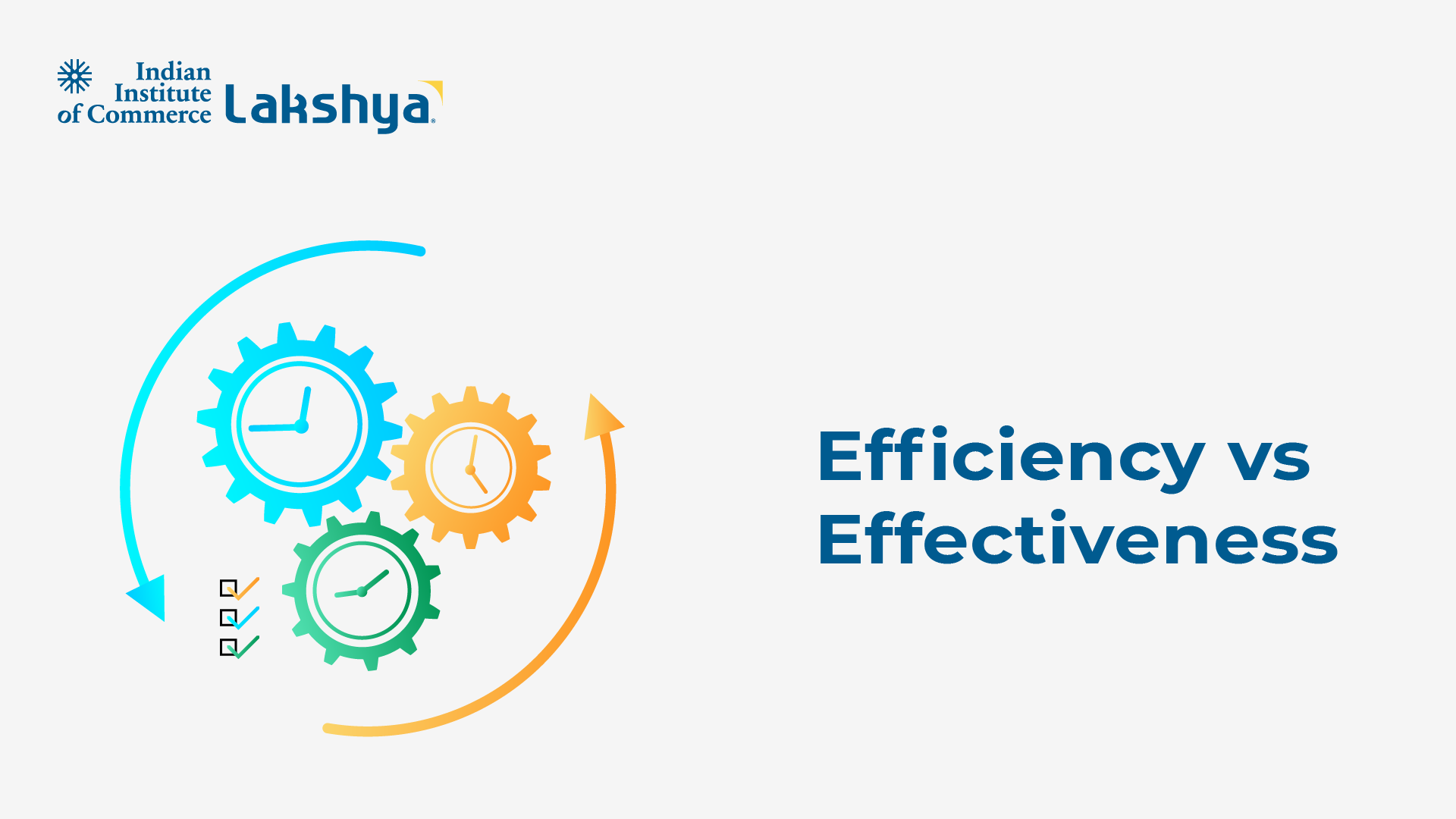
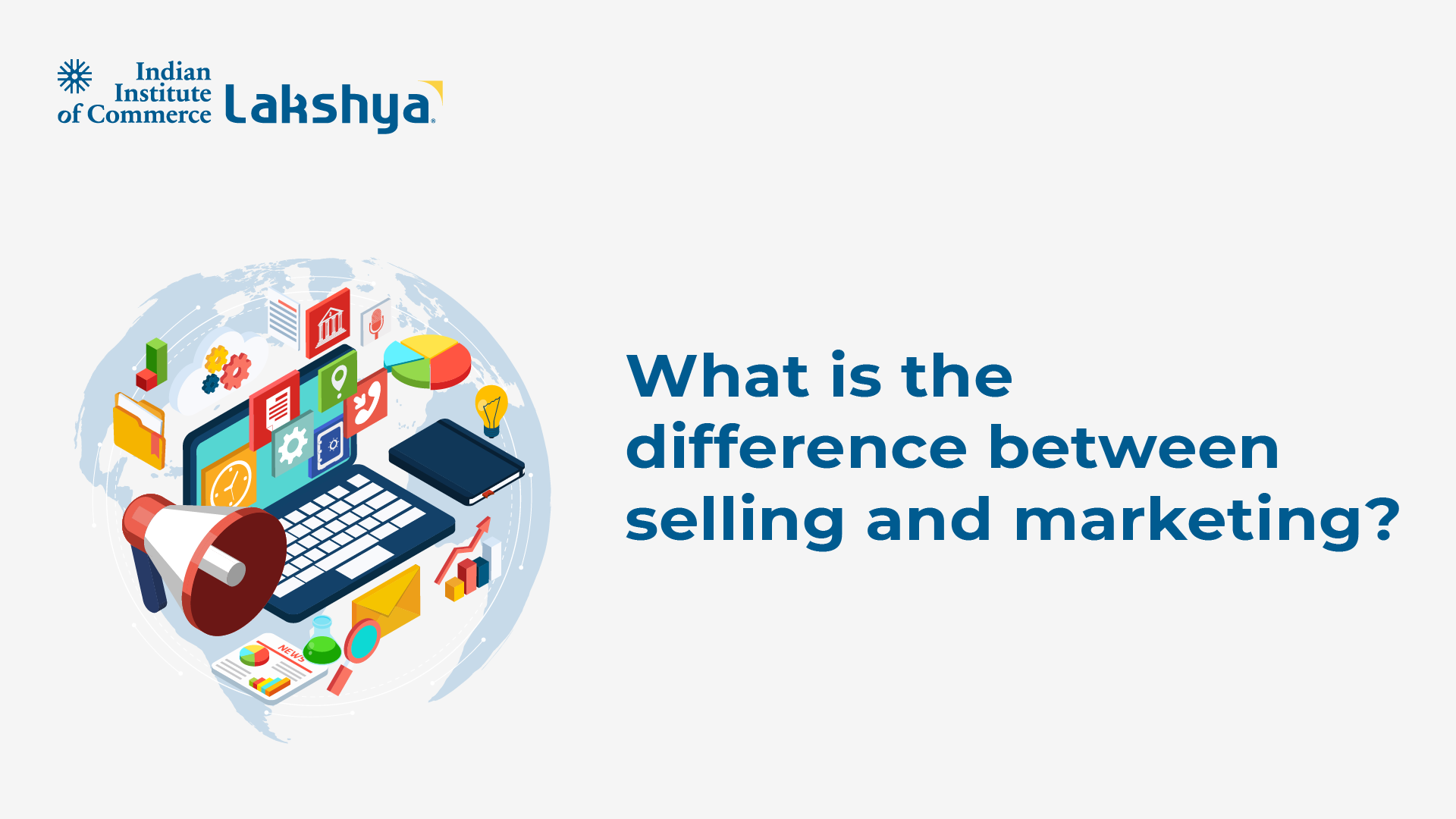













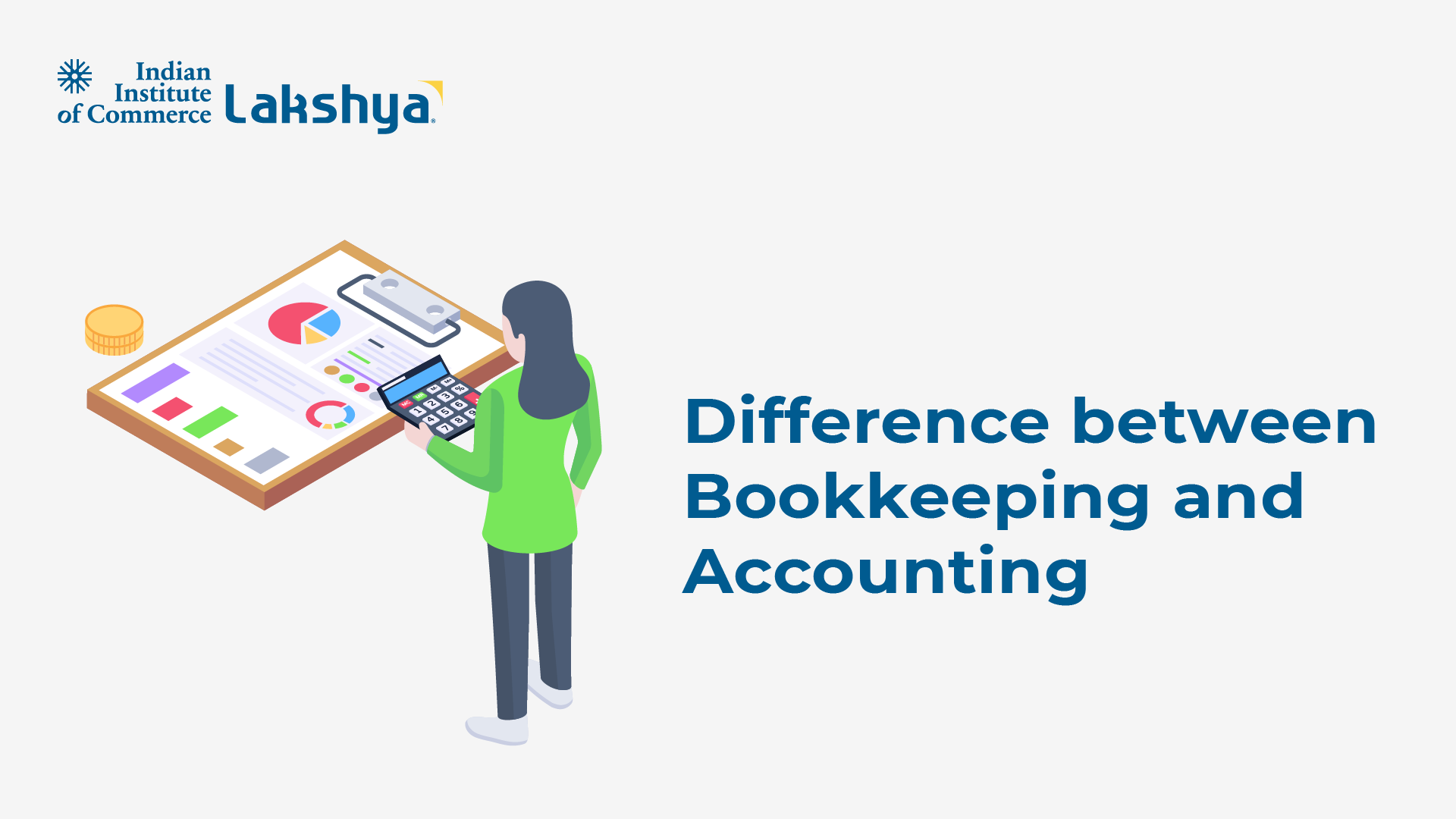












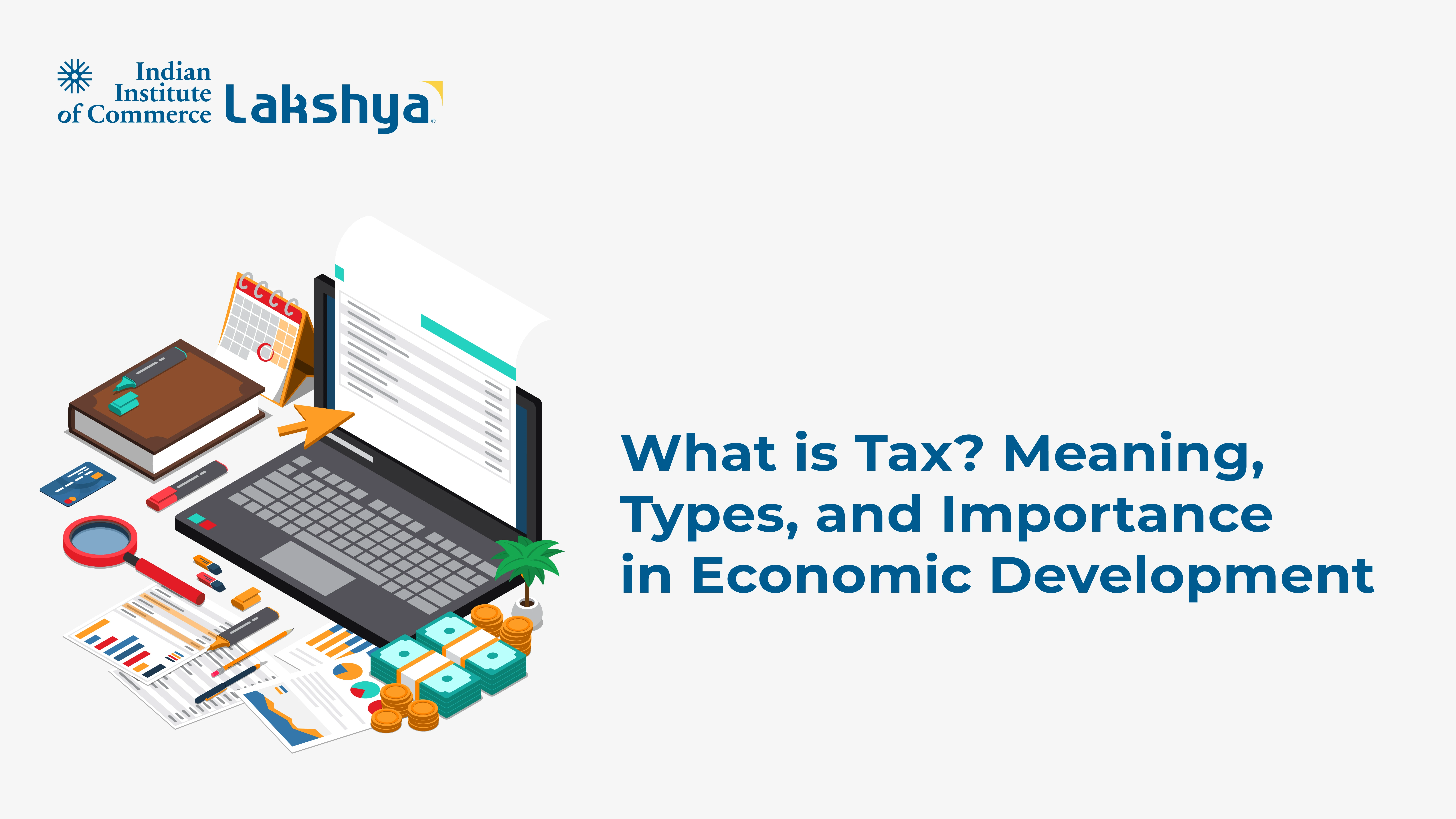

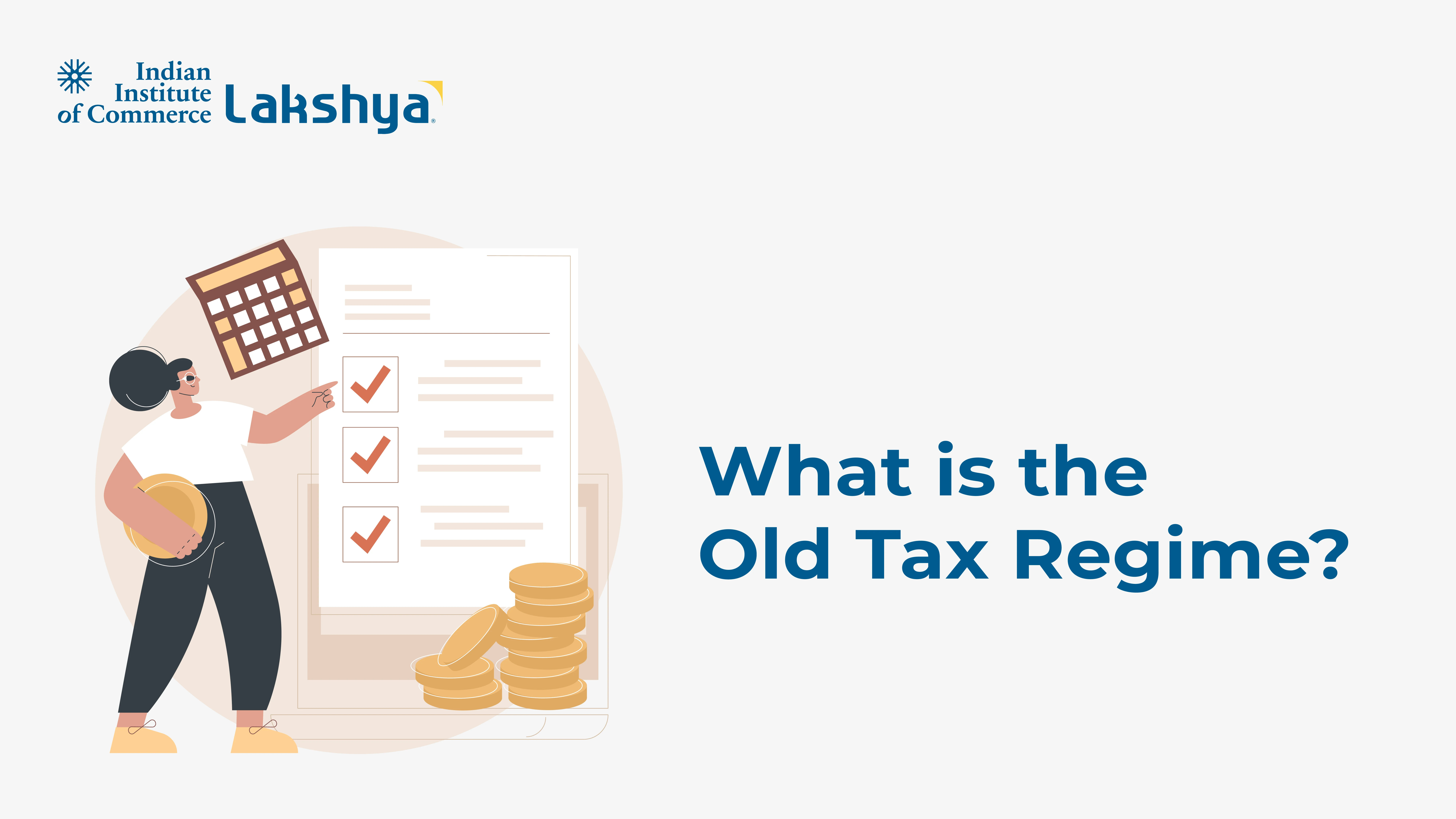

































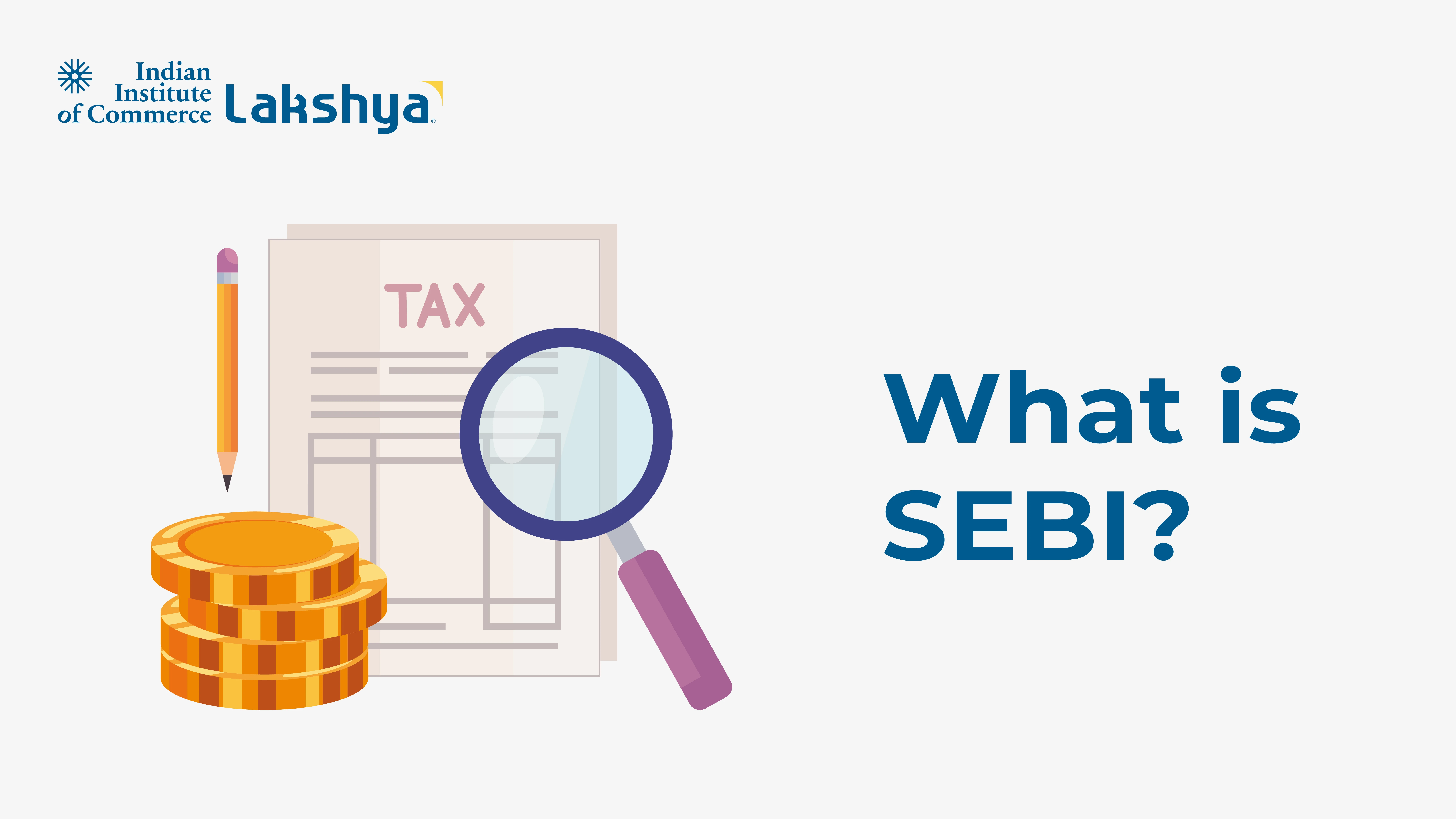





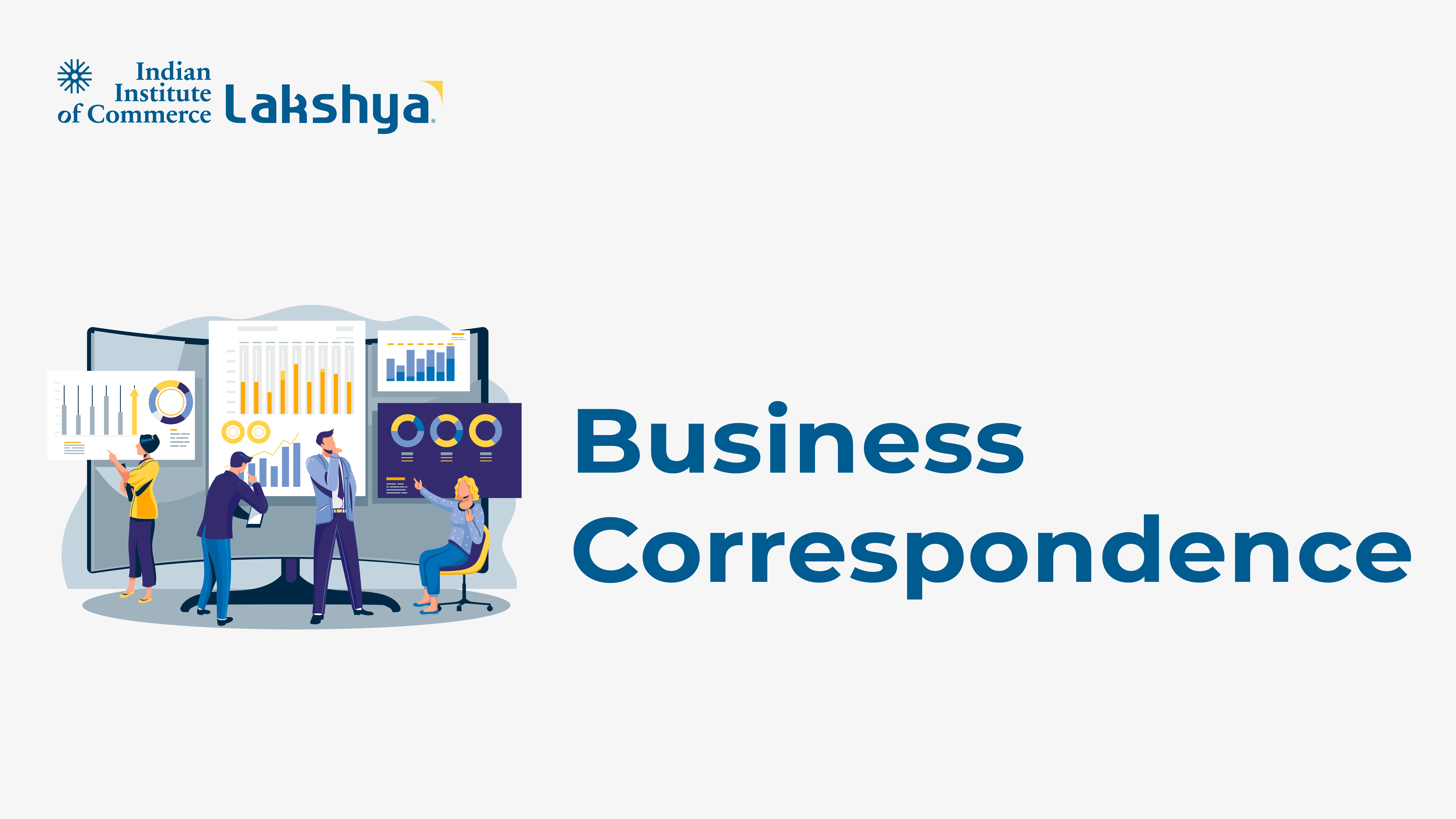


















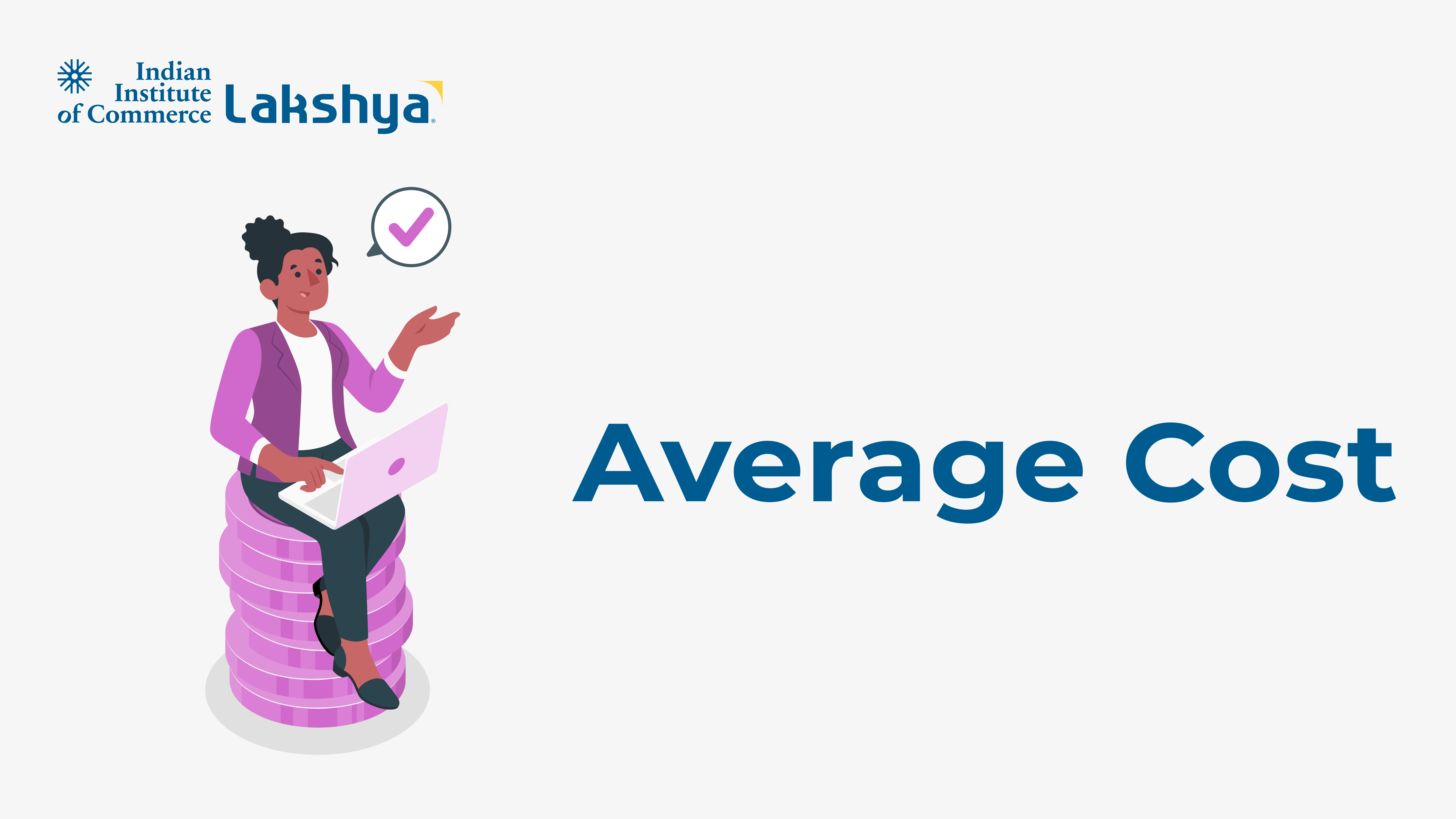










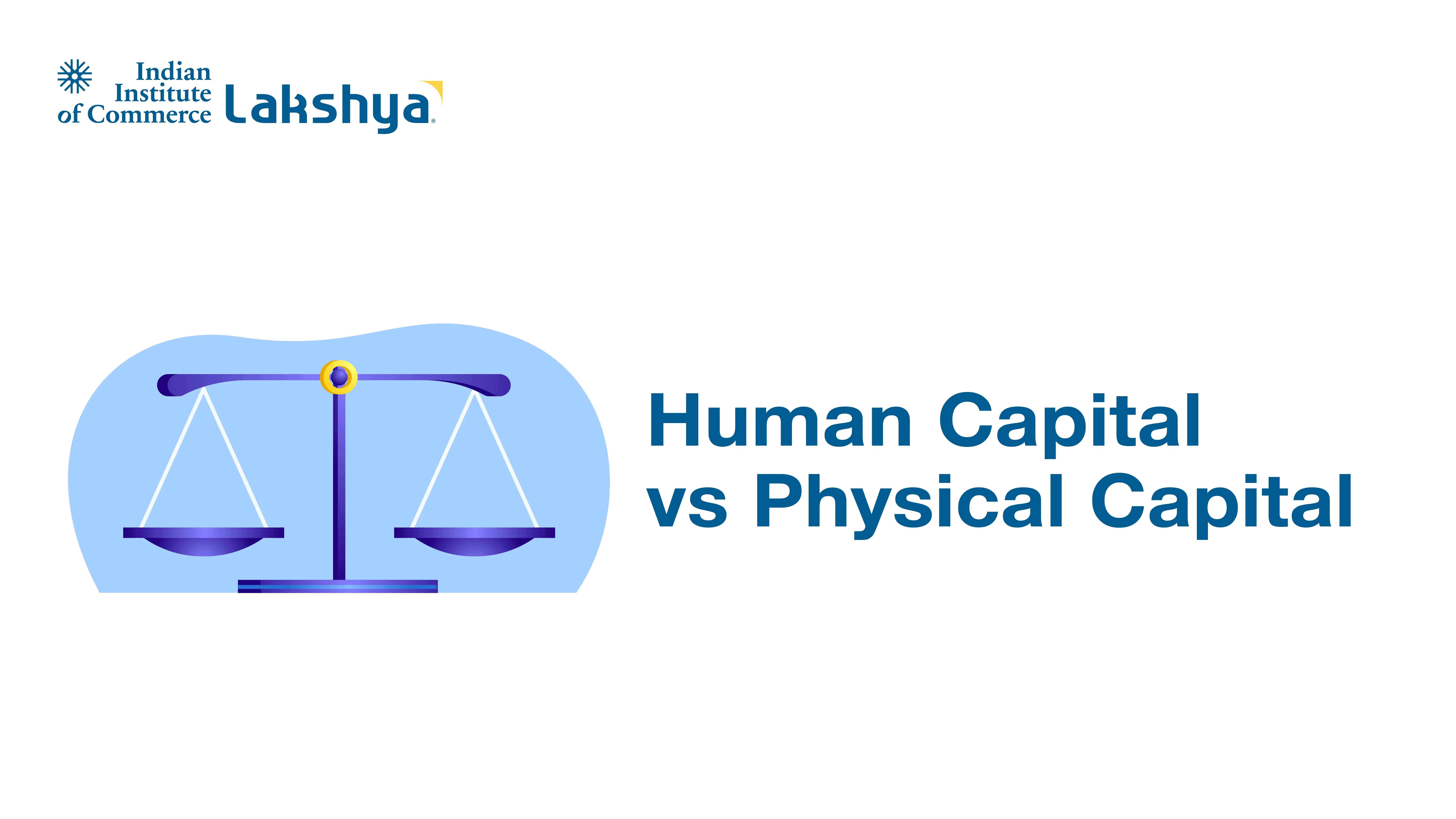
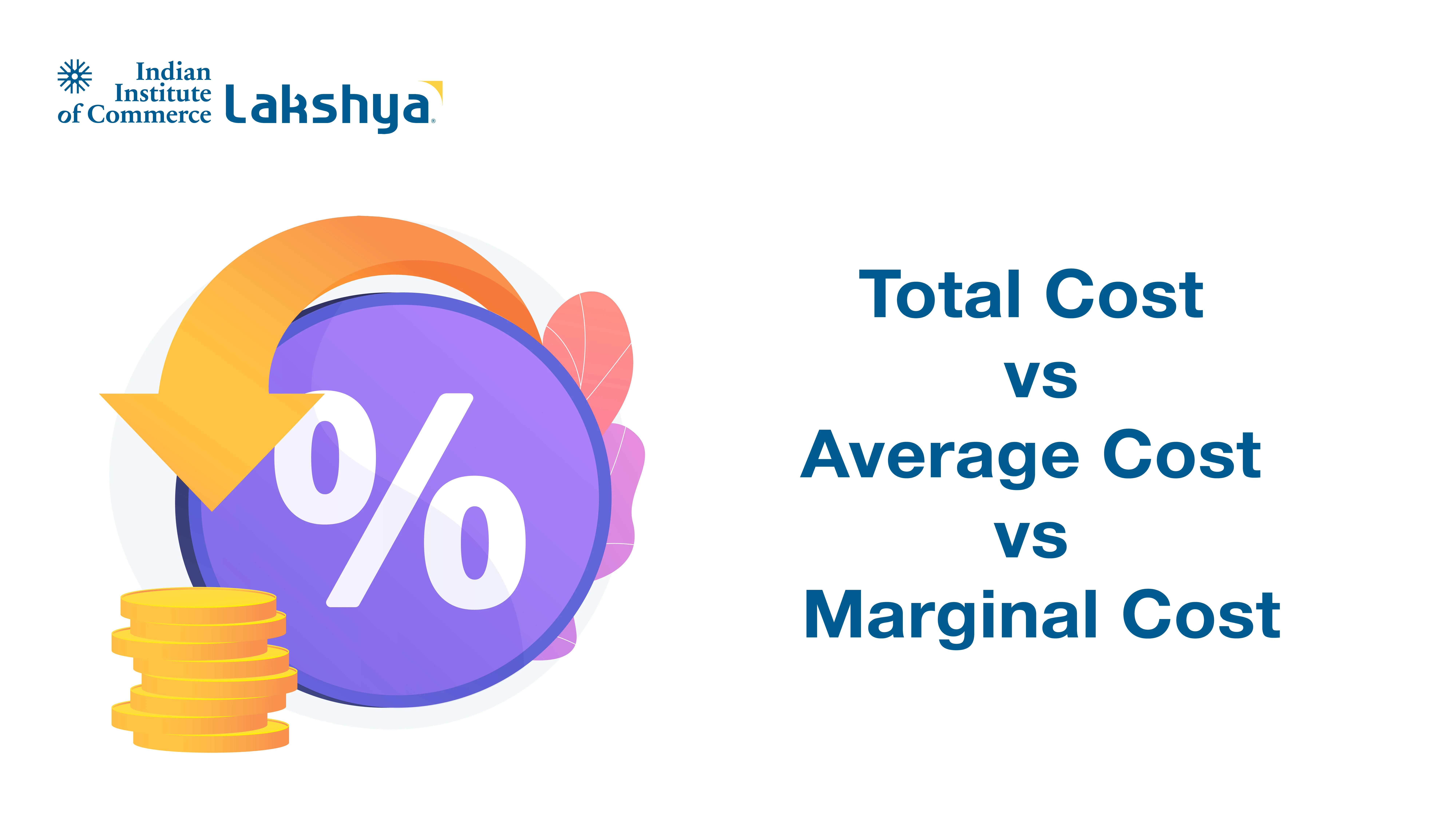























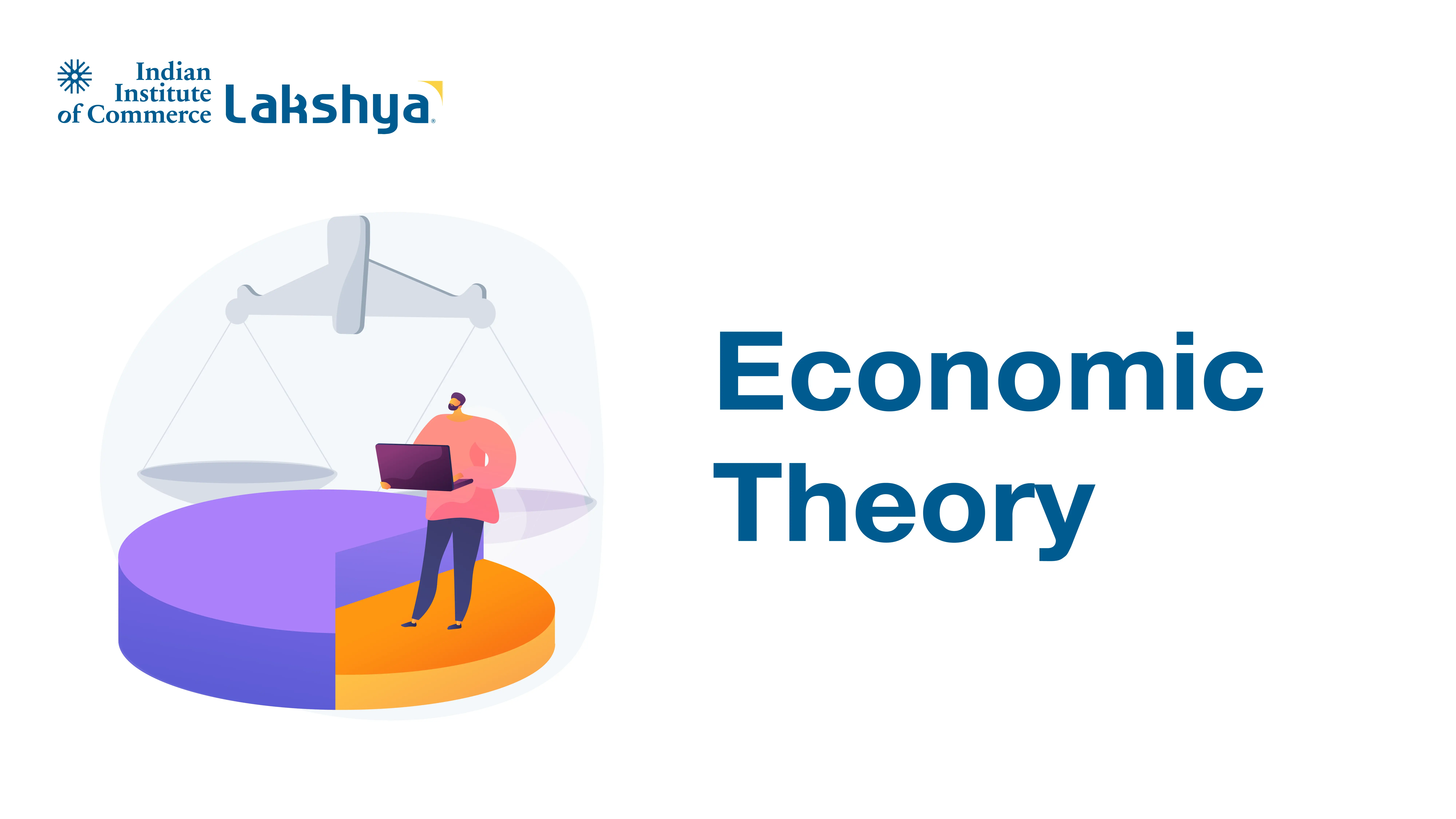




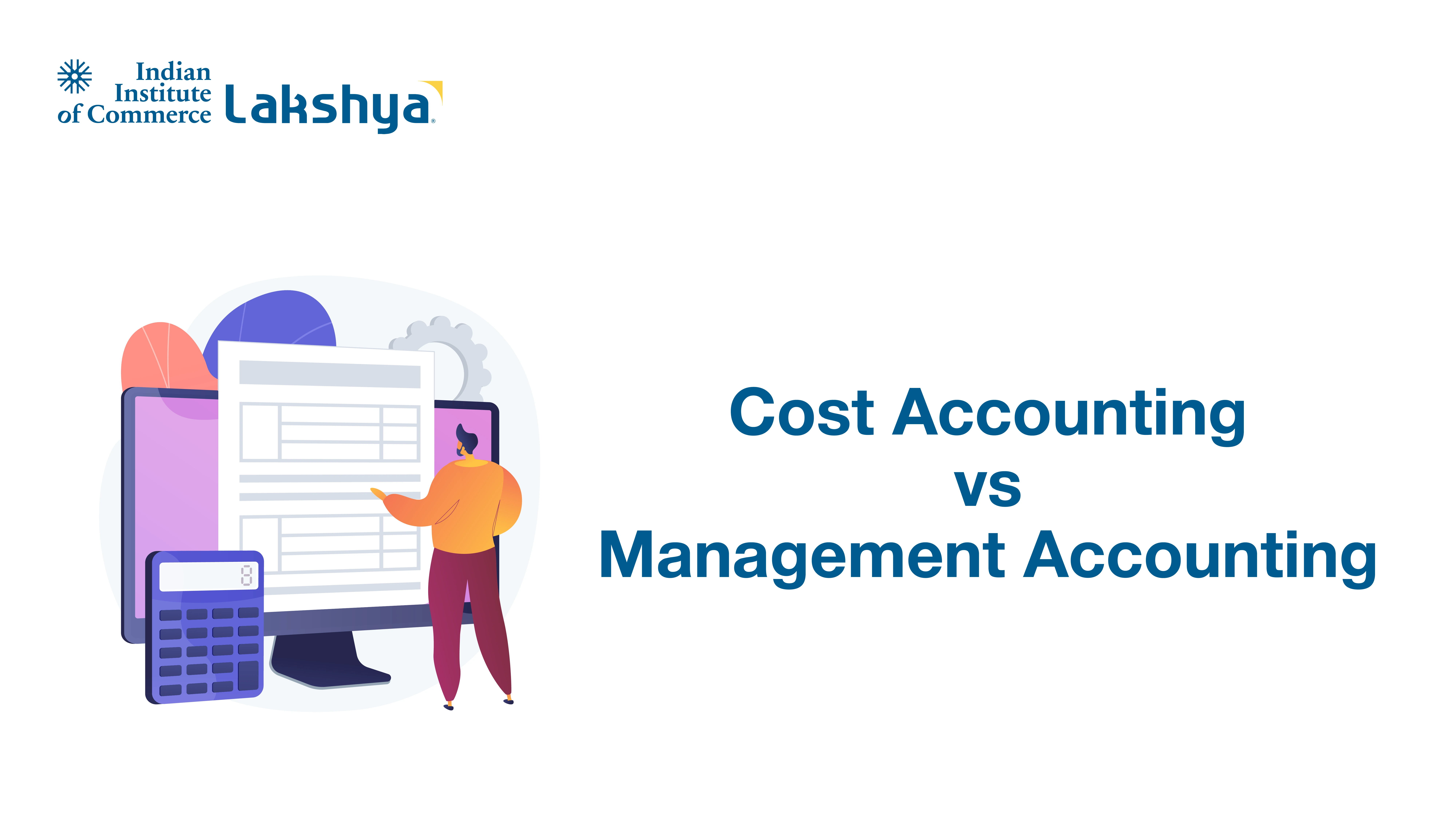



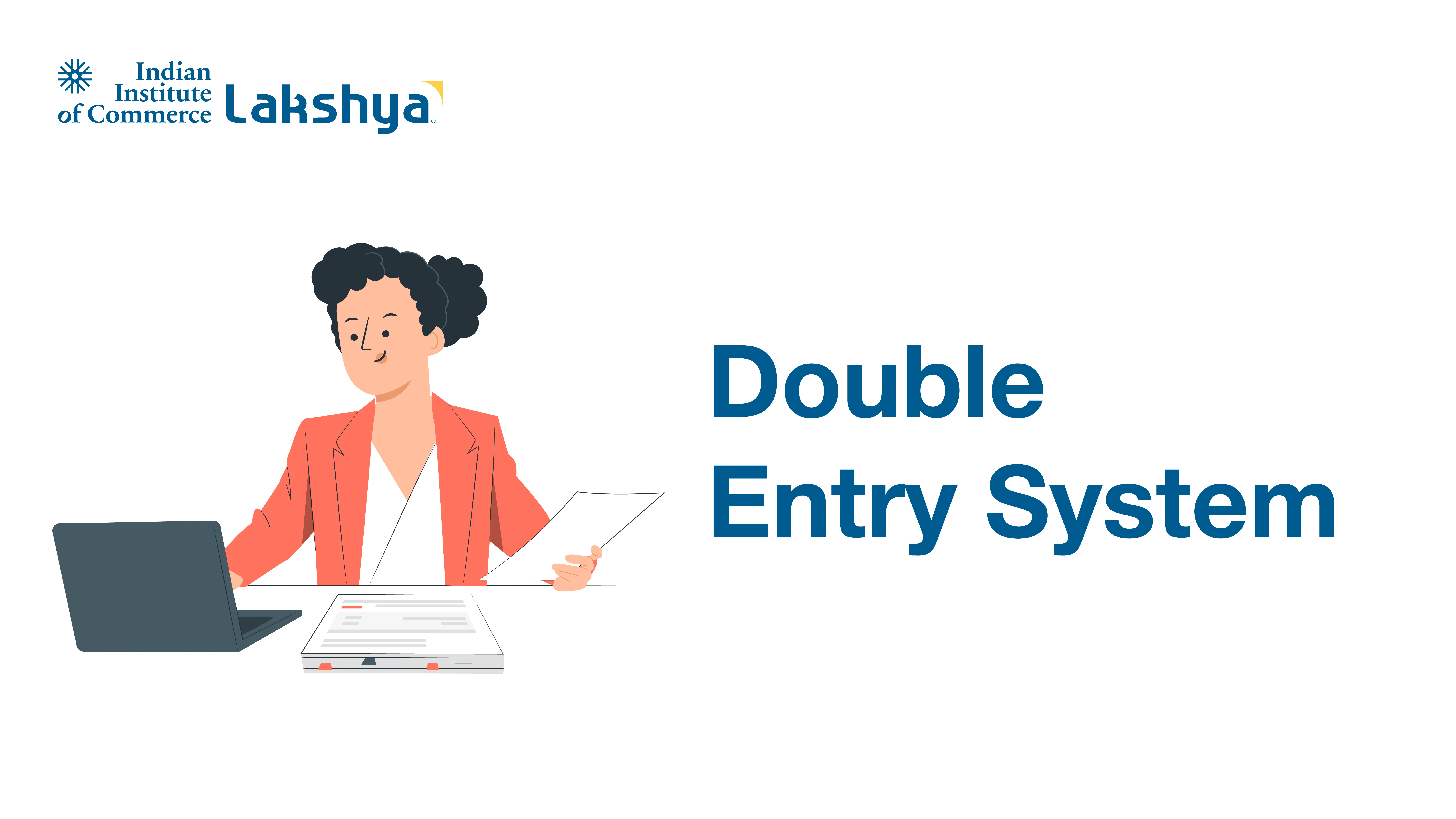


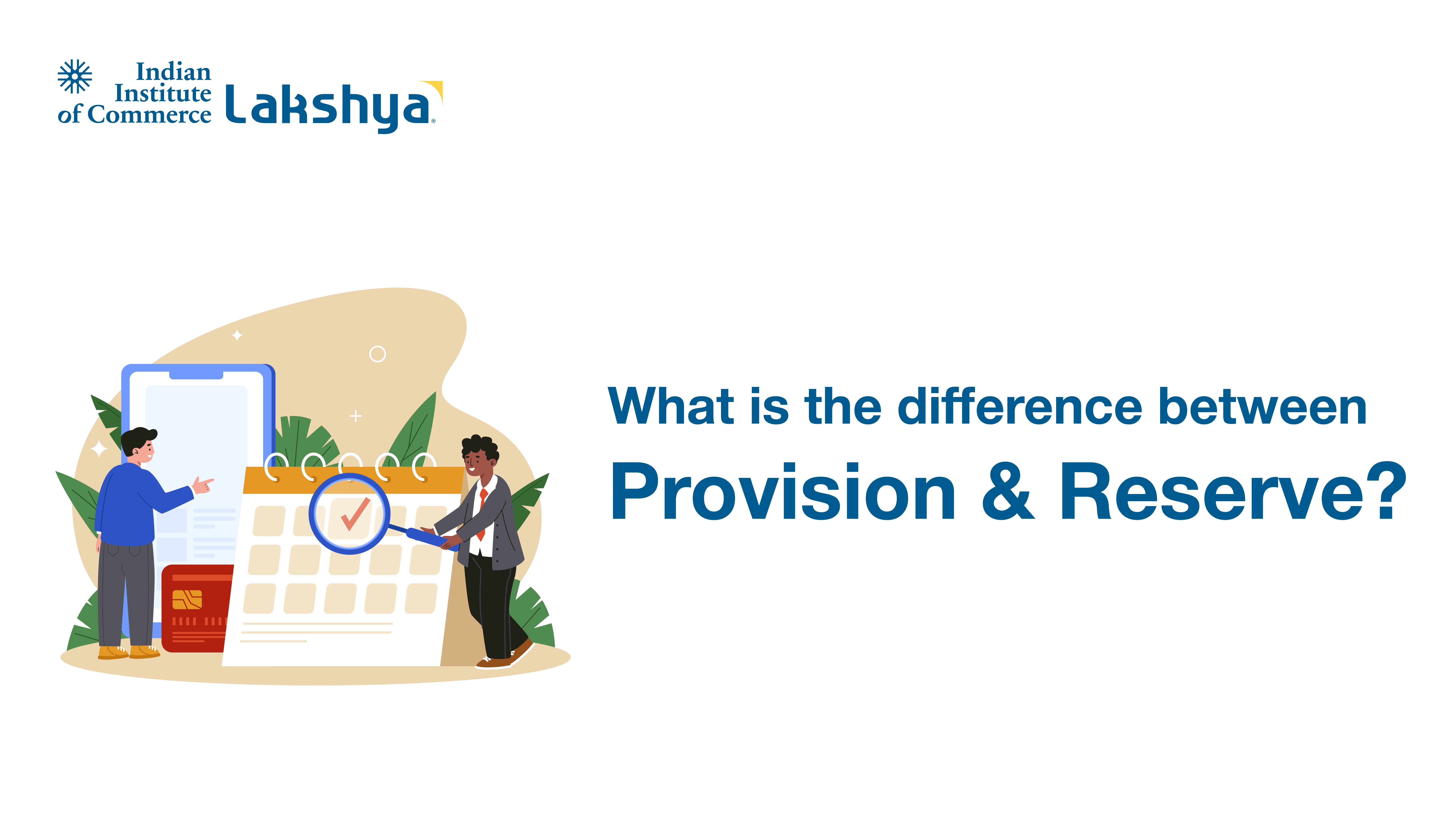



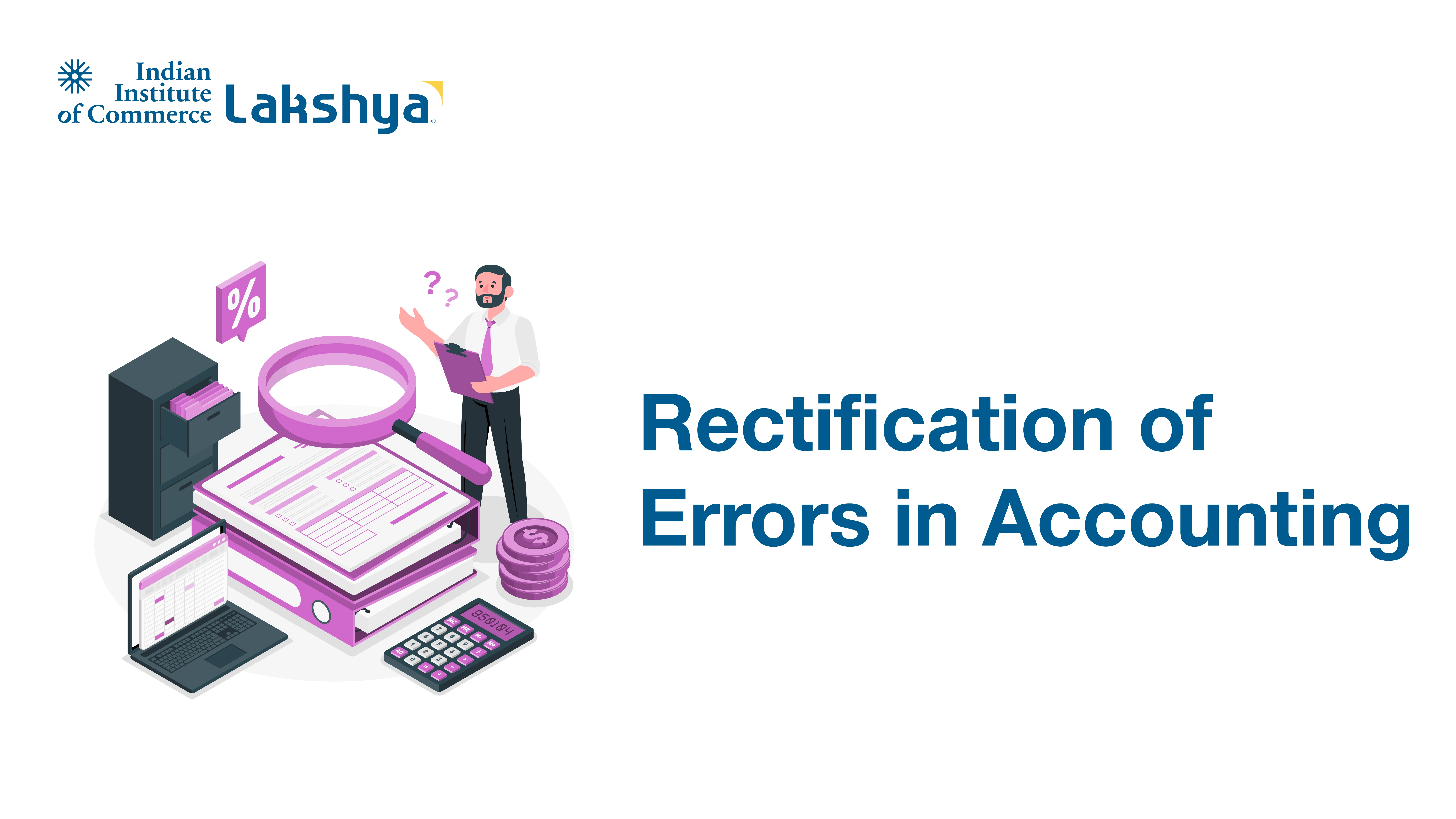
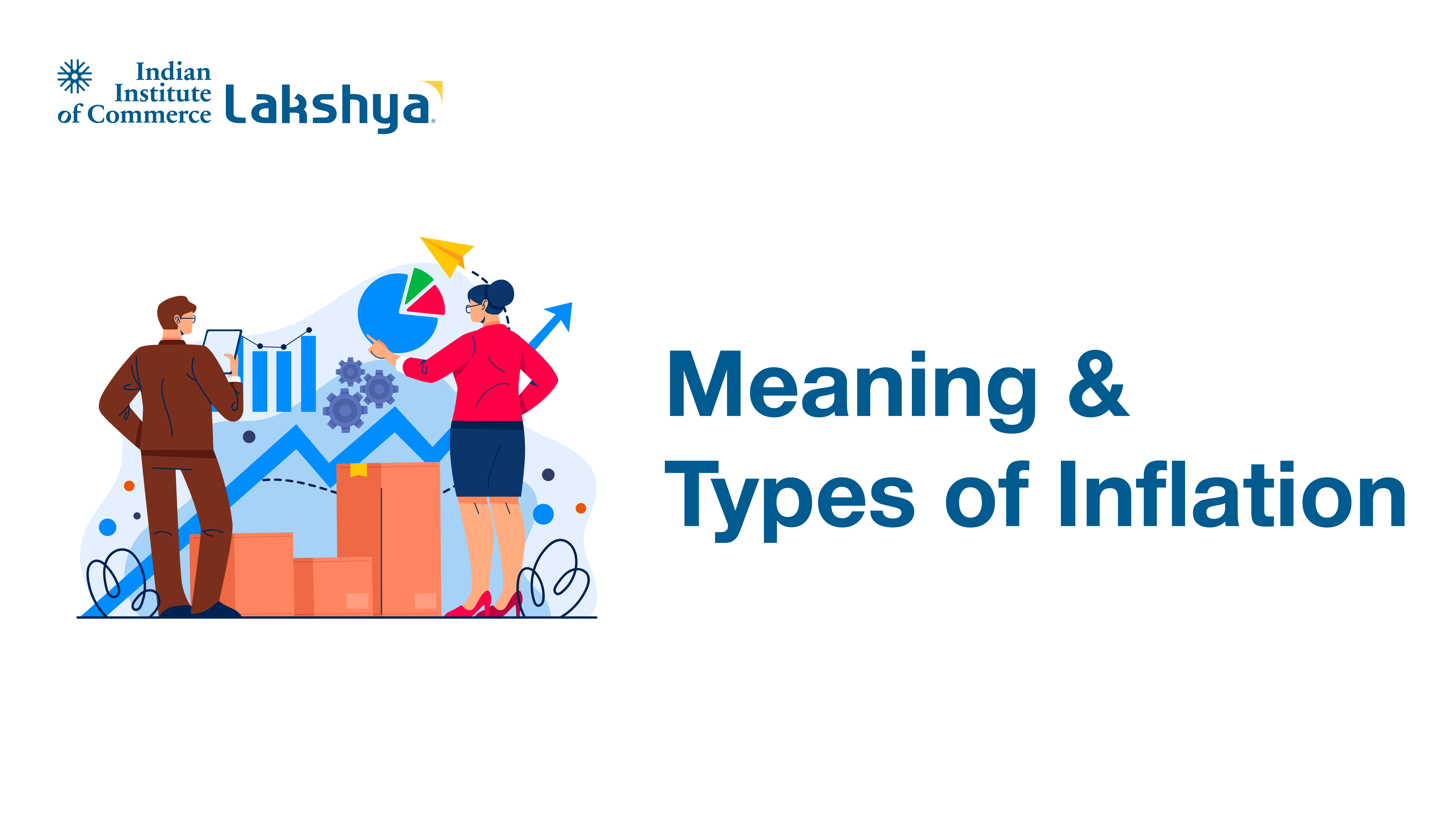




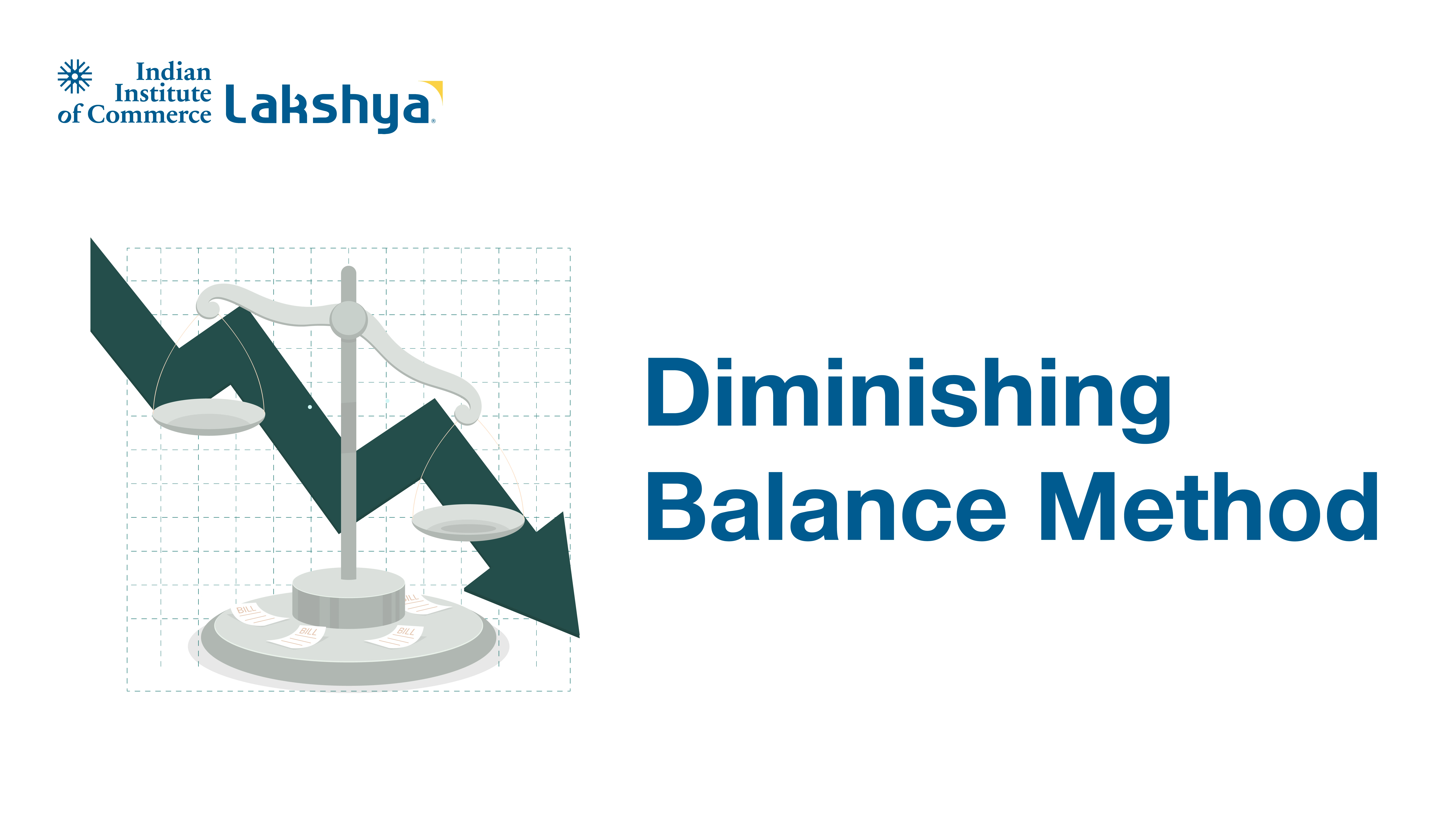


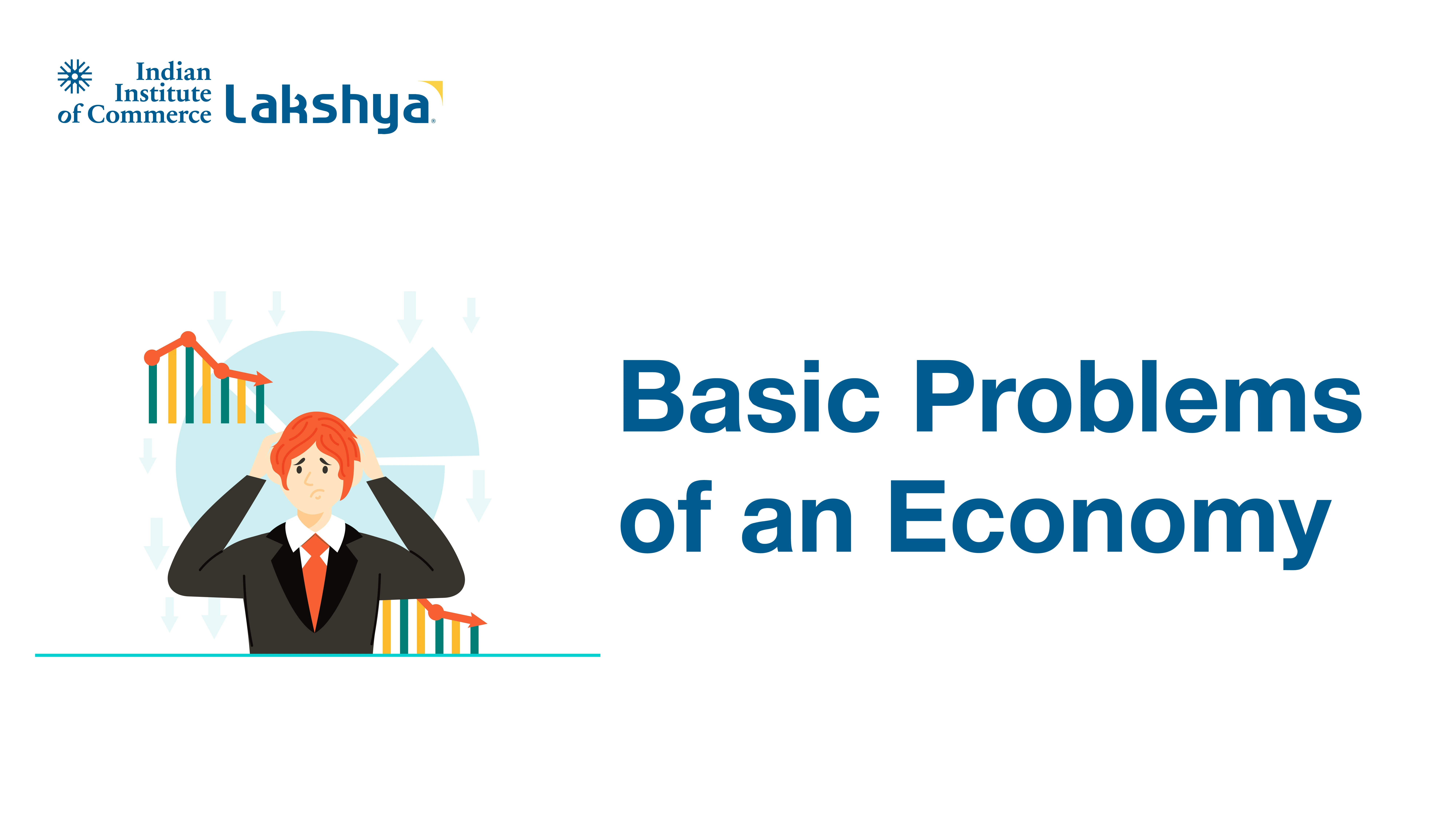












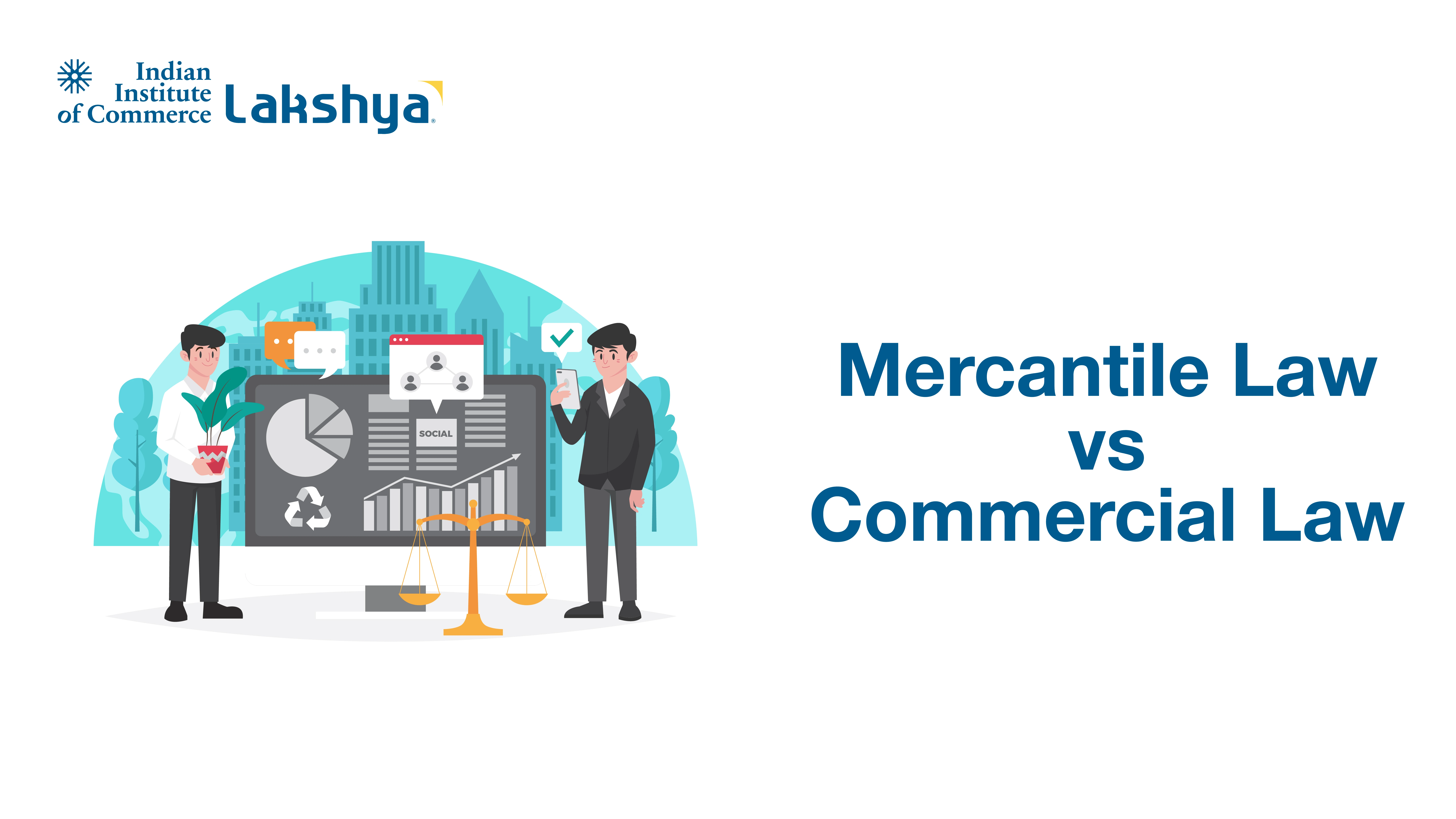















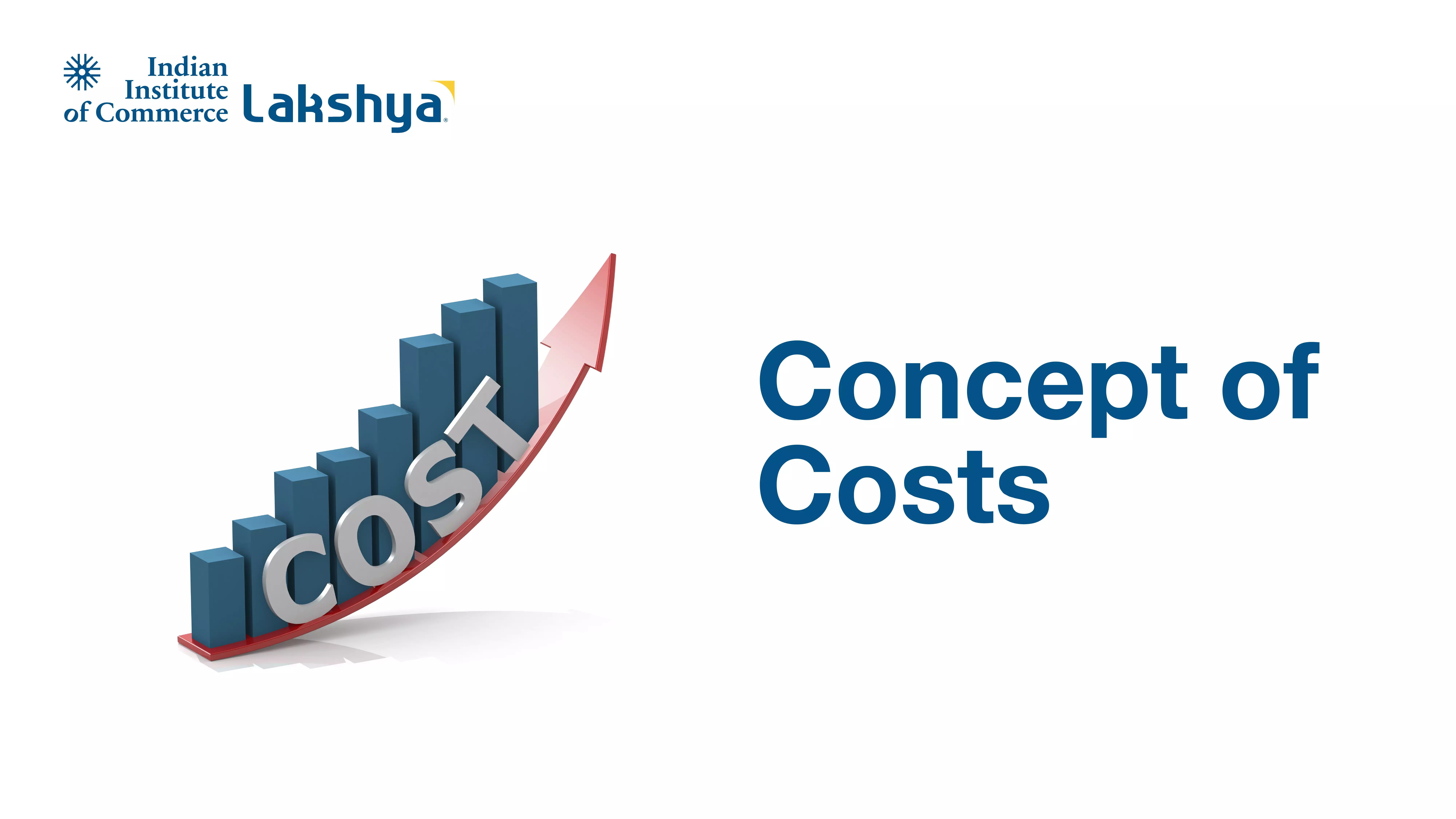



















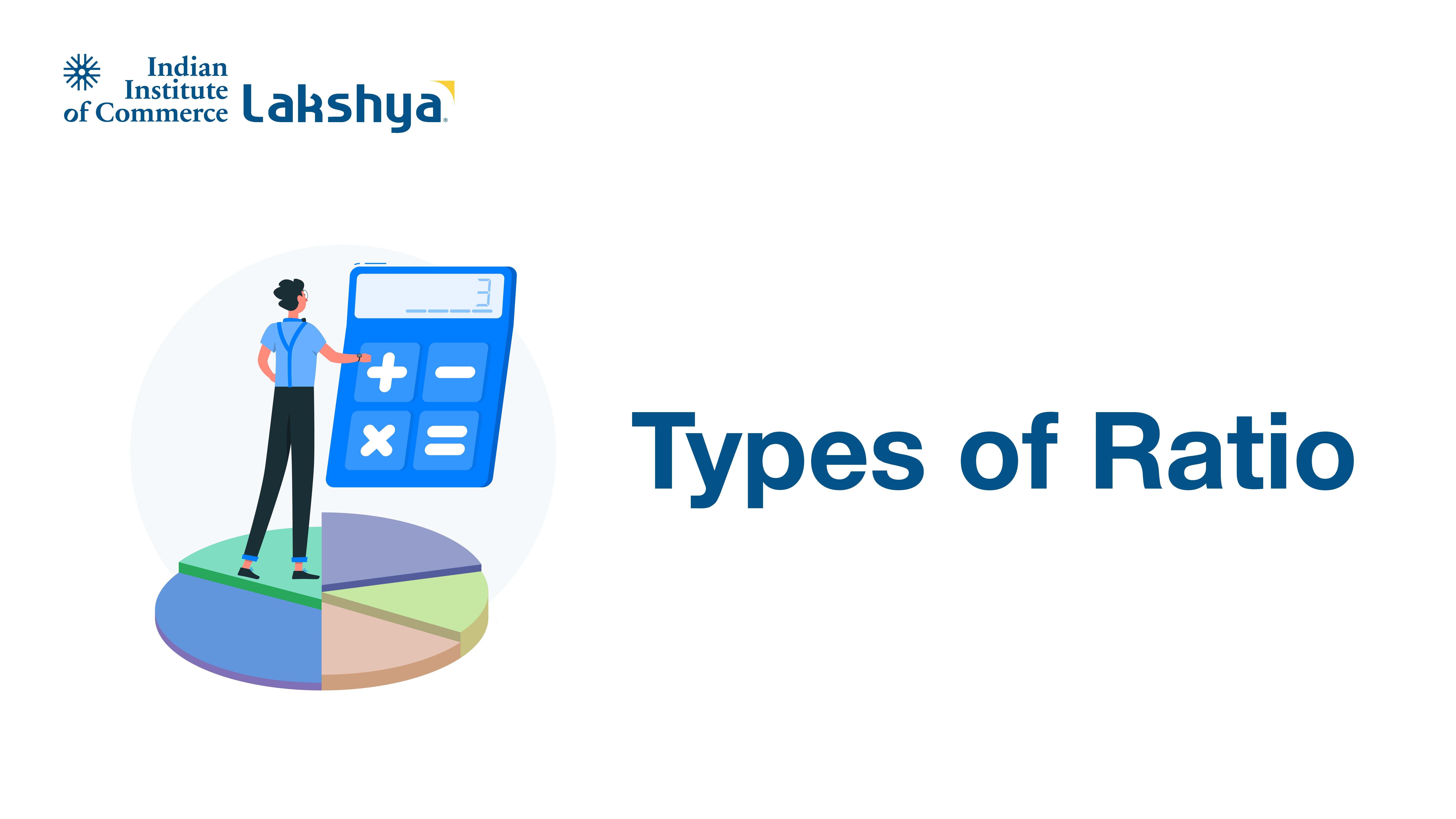





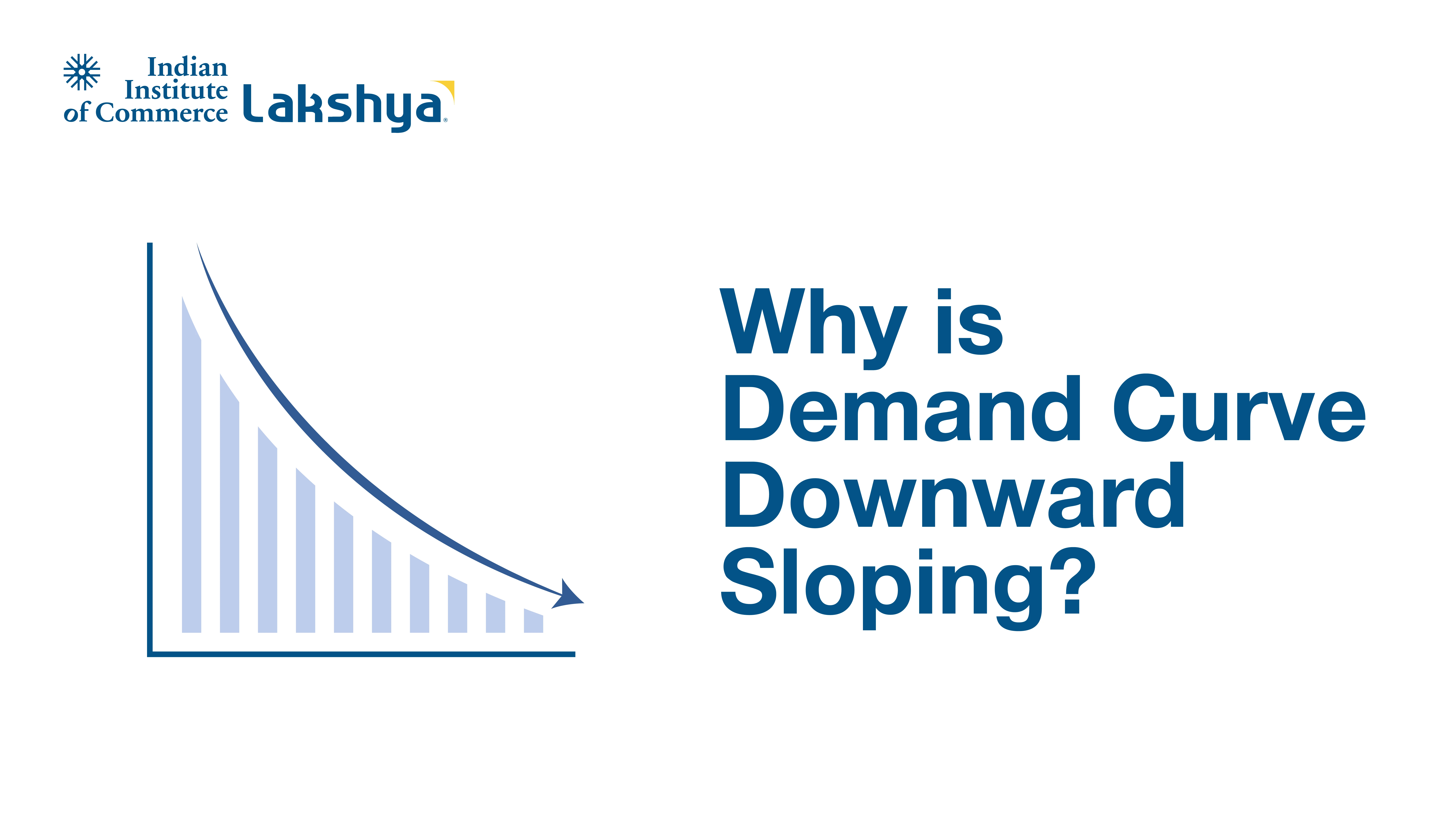


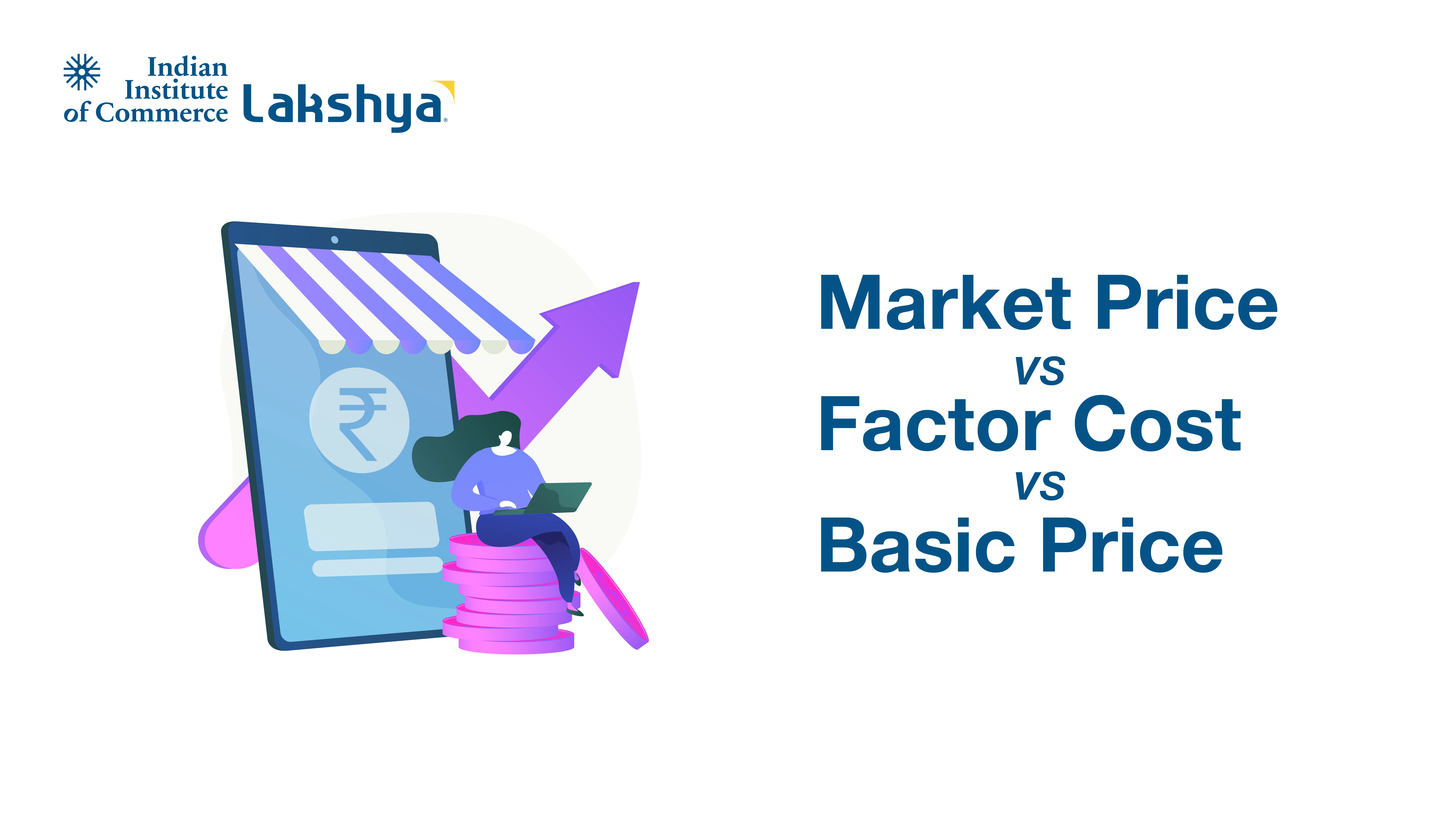














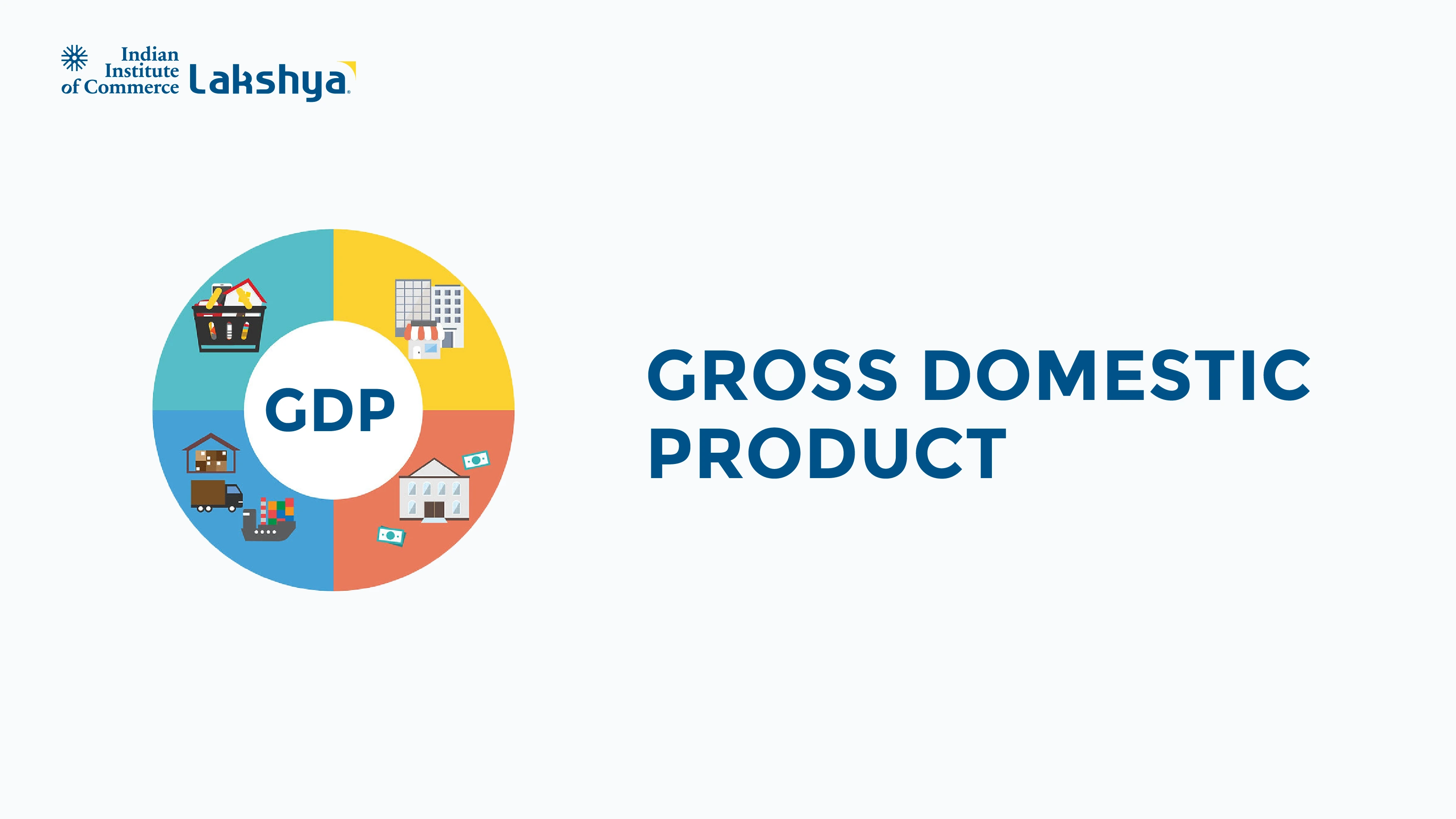
.webp)












































